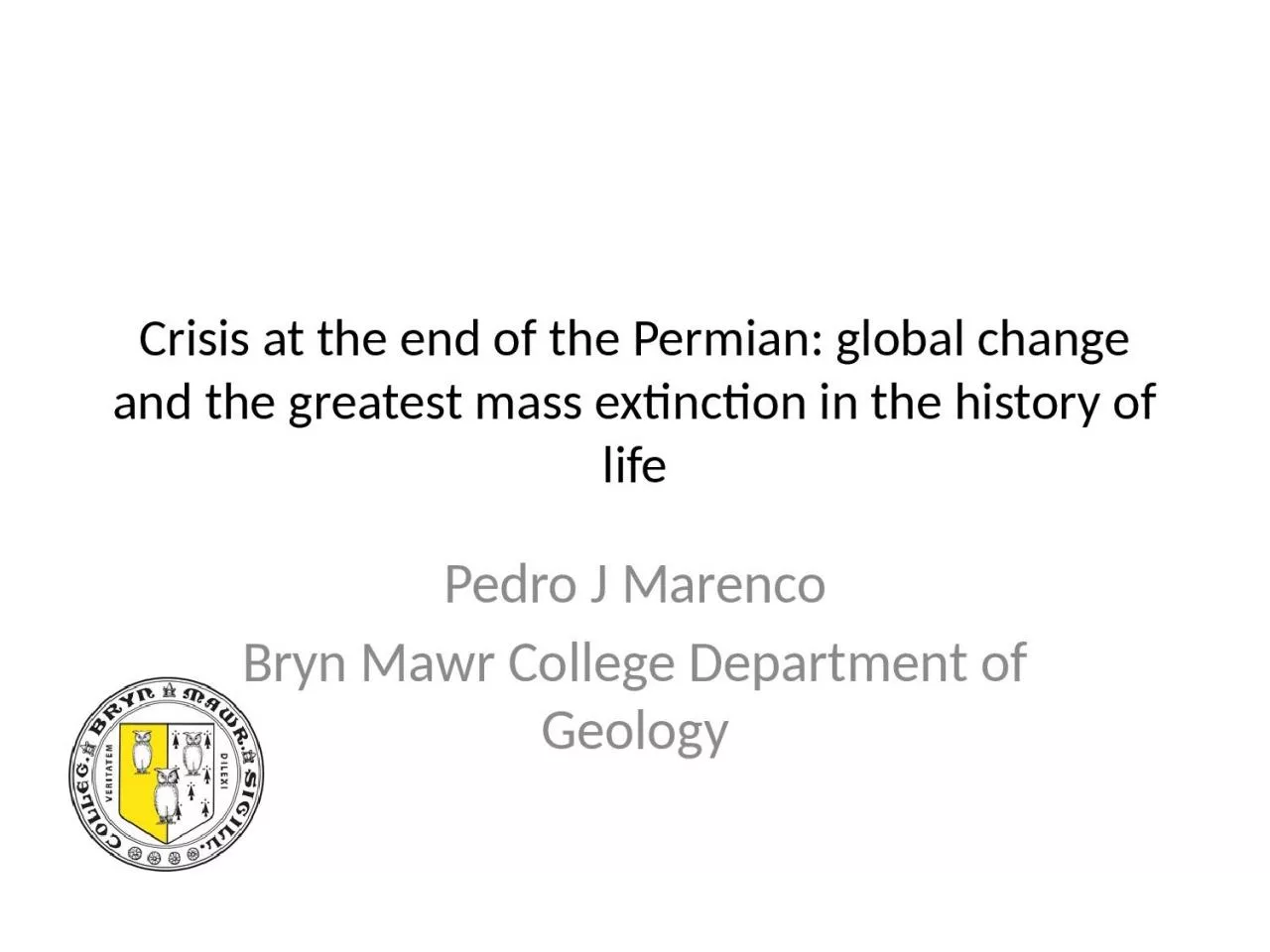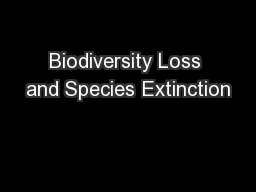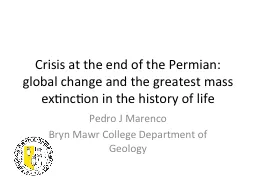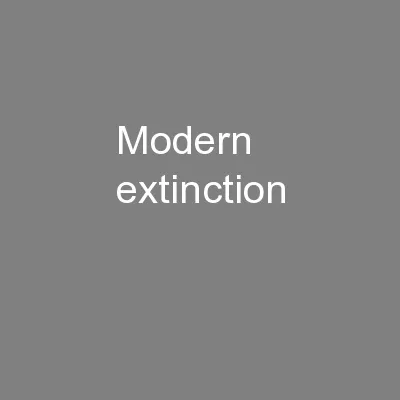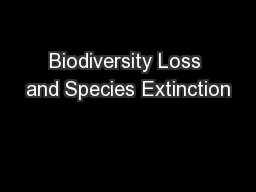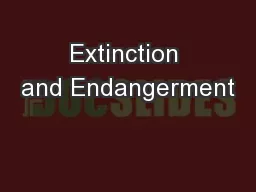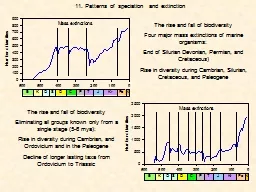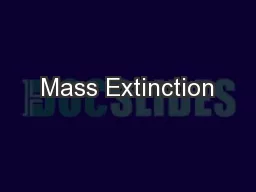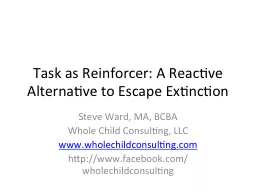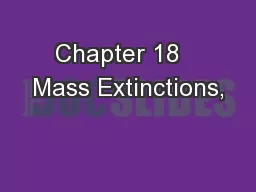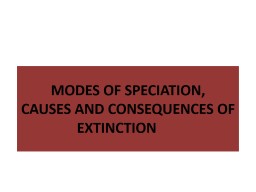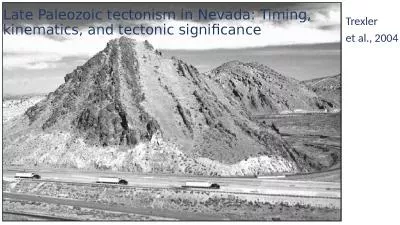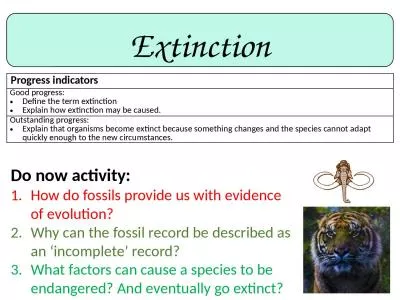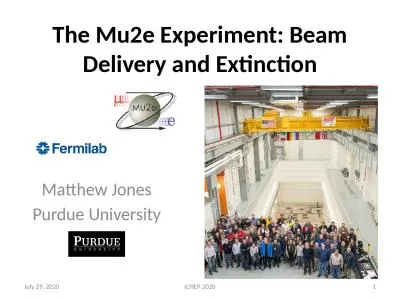PPT-Crisis at the end of the Permian: global change and the greatest mass extinction in the
Author : emily | Published Date : 2022-06-07
Pedro J Marenco Bryn Mawr College Department of Geology End Cretaceous Mass Extinction End Permian Mass Extinction The Big 5 Mass Extinctions modified from Alroy
Presentation Embed Code
Download Presentation
Download Presentation The PPT/PDF document "Crisis at the end of the Permian: global..." is the property of its rightful owner. Permission is granted to download and print the materials on this website for personal, non-commercial use only, and to display it on your personal computer provided you do not modify the materials and that you retain all copyright notices contained in the materials. By downloading content from our website, you accept the terms of this agreement.
Crisis at the end of the Permian: global change and the greatest mass extinction in the: Transcript
Download Rules Of Document
"Crisis at the end of the Permian: global change and the greatest mass extinction in the"The content belongs to its owner. You may download and print it for personal use, without modification, and keep all copyright notices. By downloading, you agree to these terms.
Related Documents

